India home to 18 of 20 cities with most severe increase in PM2.5 pollution; Delhi and Kolkata worst-hit
A new report has said that in 2019, 1.7 million deaths were linked to PM2.5 exposure, with cities in Asia, Africa, and Eastern and Central Europe seeing the greatest health impacts.
Delhi has highest average level of fine PM 2.5 among world's most populated cities
)
A new report has found that India is home to 18 of the 20 cities with the most severe increase in fine particle pollutants (PM2.5) from 2010 to 2019. The analysis of air pollution and global health effects for over 7,000 cities shows that Delhi has the highest average level of fine PM 2.5 among the world's most populated cities.
The analysis used data from 2010 to 2019
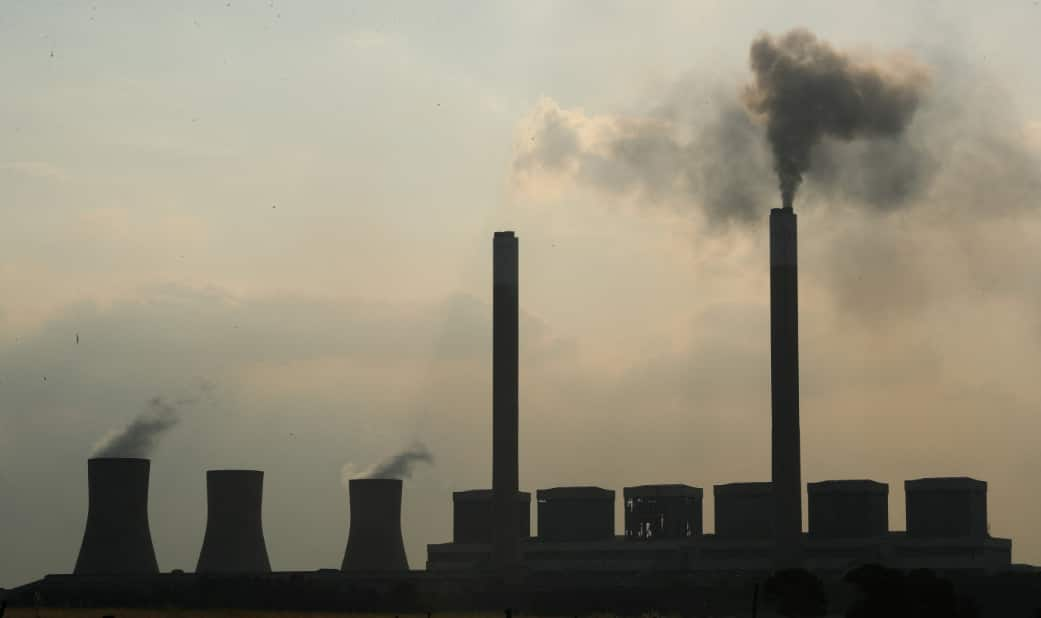
The report 'Air Quality and Health in Cities' combined ground-based air quality data with satellites and models to produce air quality estimates for cities around the world.
The analysis used data from 2010 to 2019 and focussed on two of the most harmful pollutants; fine particulate matter (PM2.5) and nitrogen dioxide (NO2).
1.7 million deaths linked to PM2.5 exposure in 2019
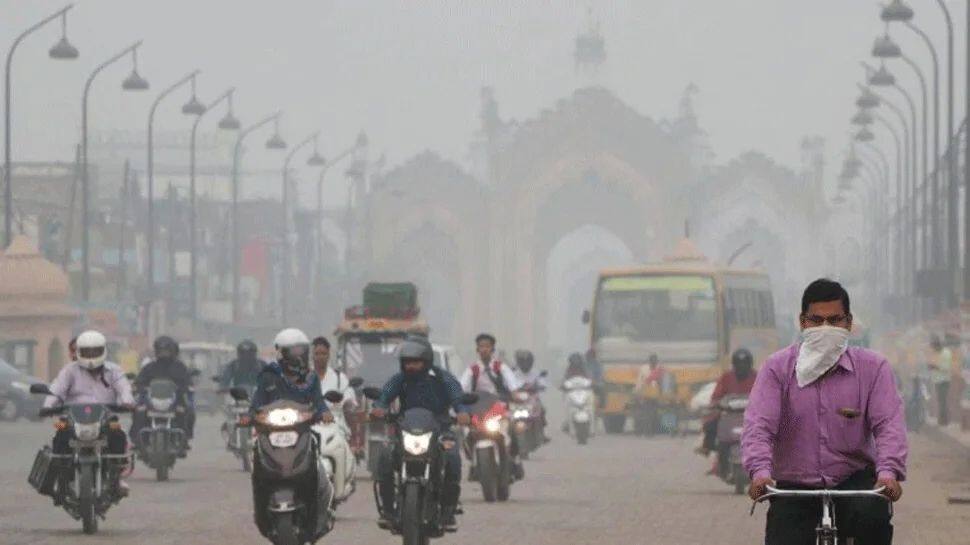
The report states that in 2019, 1.7 million deaths linked to PM2.5 exposure occurred in the 7,239 cities included in the analysis, with cities in Asia, Africa, and Eastern and Central Europe seeing the greatest health impacts.
Delhi and Kolkata worst-hit cities
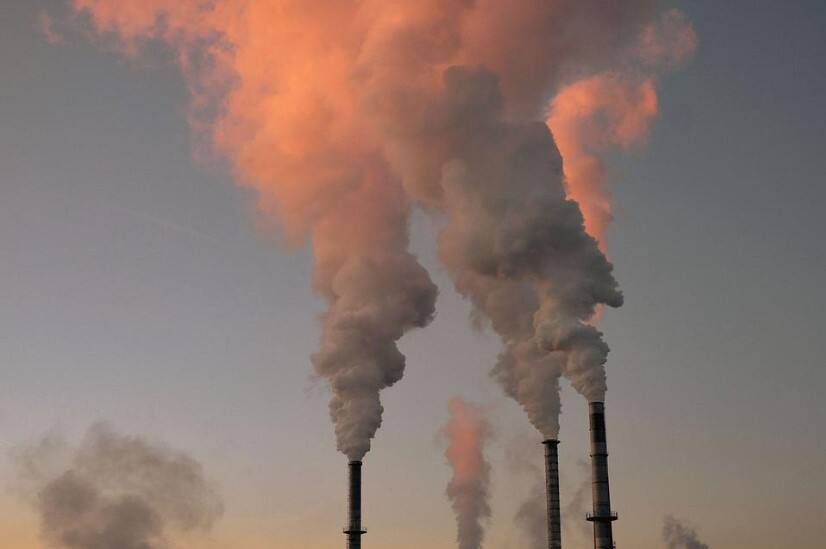
Among the most populous cities in each region, Delhi and Kolkata featured in the top 10 with the highest PM2.5-related disease burden in 2019.
Only four cities met WHO annual PM2.5 Air Quality Guideline
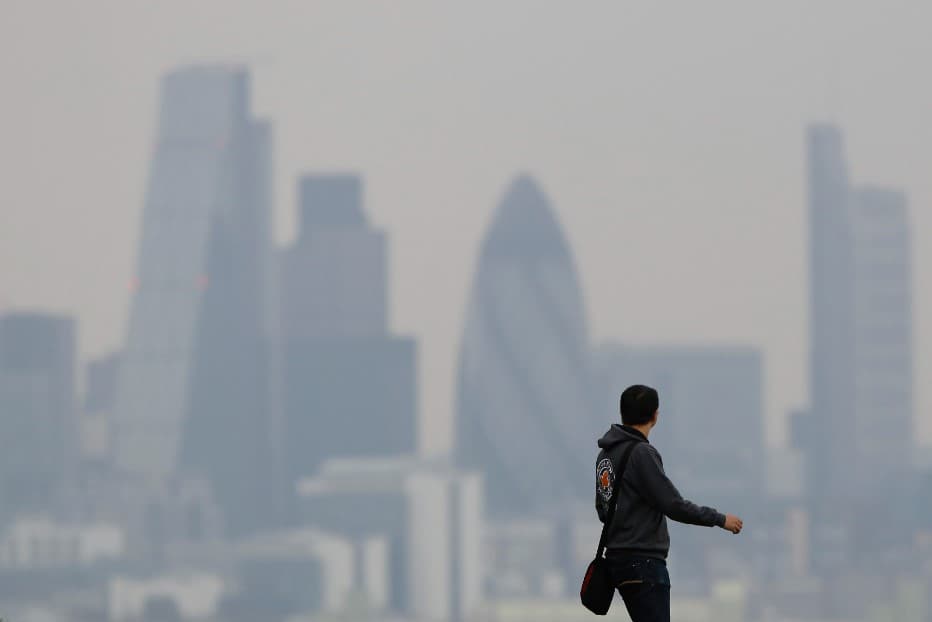
In the 20 cities with the highest PM2.5 exposures, residents in cities from India, Nigeria, Peru, and Bangladesh are exposed to PM2.5 levels that are several-fold higher than the global averages, the report said.
Only four of these cities, and none in India, met the WHO annual PM2.5 Air Quality Guideline of 5 microgrammes per cubic metre (g/m3) in 2019.
India, Indonesia seen most severe increase in PM2.5 pollution

India and Indonesia have seen the most severe increase in PM2.5 pollution, whereas China has seen the greatest improvements.
Out of 50 cities, 41 in India saw most severe increase in PM2.5
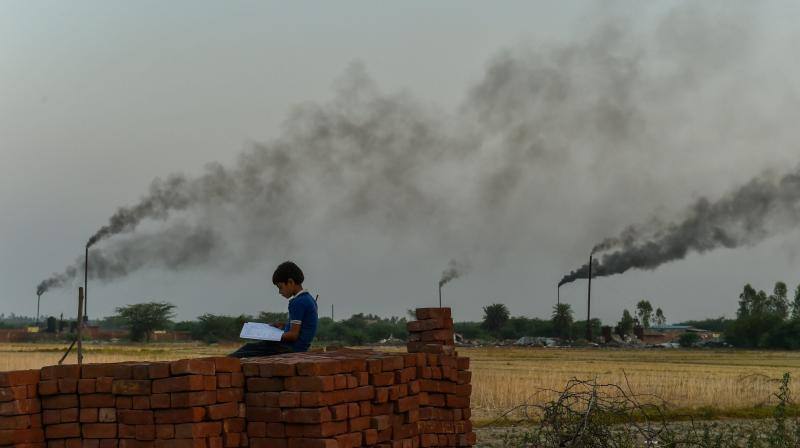
Of the 50 cities with the most severe increase in PM2.5, as many as 41 are in India and 9 are in Indonesia.
On the other hand, of the 20 cities with the greatest decrease in PM2.5 pollution from 2010 to 2019, all are located in China.
Exposure to PM2.5 pollution higher in cities located in low - and middle-income countries
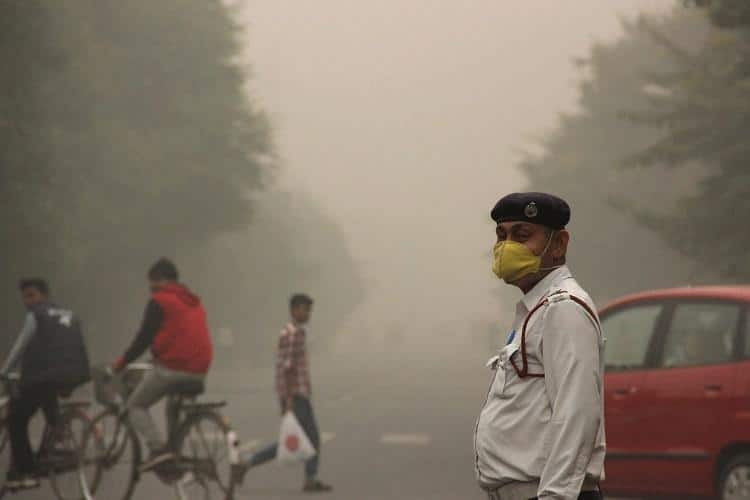
The report found that while exposures to PM2.5 pollution tend to be higher in cities located in low - and middle-income countries, exposure to NO2 is high across cities in high-income as well as low- and middle-income countries.
Breathing even low levels of pollution over time can produce a myriad of health effects
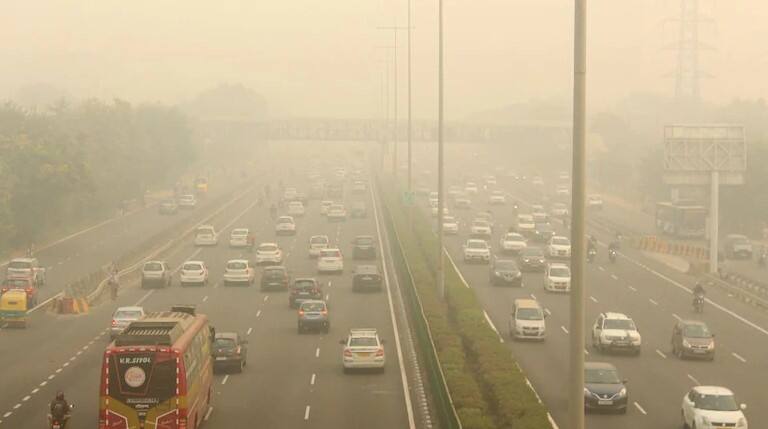
The report said that breathing even low levels of pollution over time can produce a myriad of health effects, including reduced life expectancy, missed school and work, chronic illnesses, and even death, putting enormous strains on communities and economies around the world.
Air pollution responsible for one in nine deaths globally
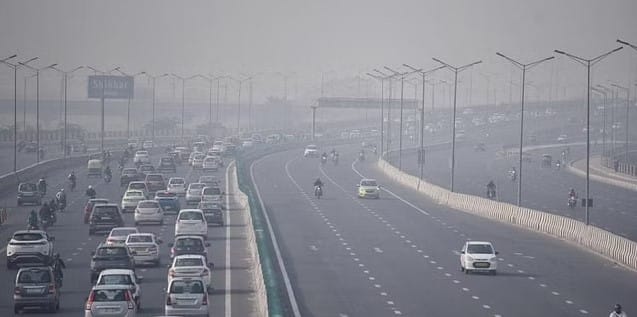
The report also found that worldwide, air pollution is responsible for one in nine deaths, accounting for 6.7 million deaths in 2019, with particularly strong impacts on the young, the elderly, and those with chronic respiratory and heart diseases.
Click to check the full report or follow this link: https://www.stateofglobalair.org/sites/default/files/documents/2022-08/2022-soga-cities-report.pdf
Trending Photos








